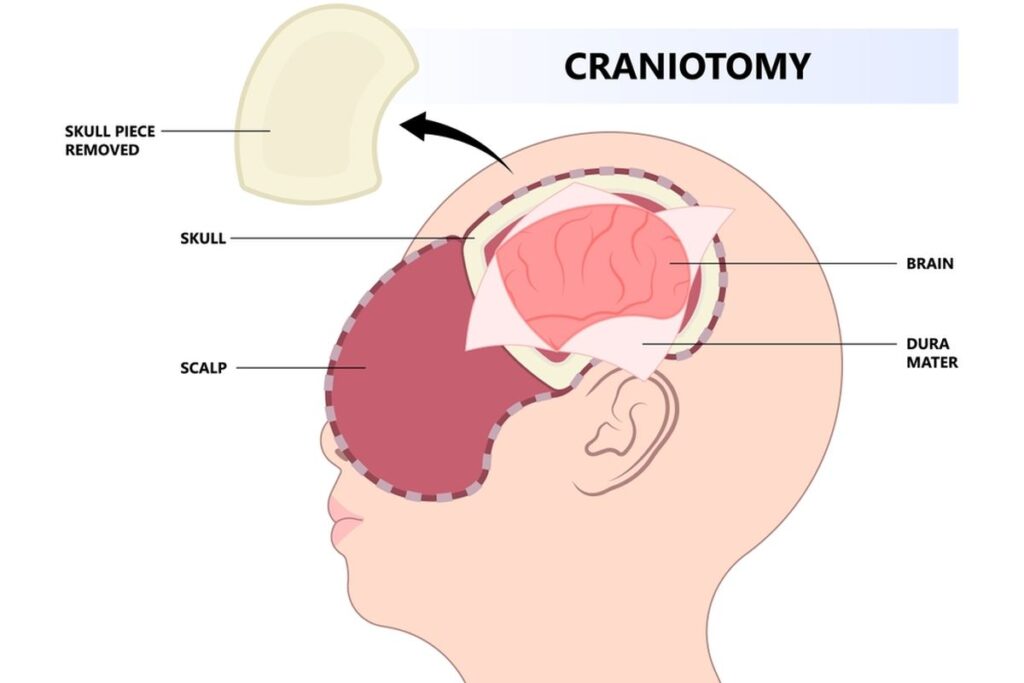1. Post-Operative Pain
Following a craniotomy, patients commonly experience pain at the incision site. This discomfort can vary in intensity and may be managed with pain medications prescribed by the healthcare team. Proper pain management is crucial for facilitating recovery and enhancing overall well-being.
2. Swelling and Bruising
Swelling around the incision area is a normal response to surgery. Some patients may also experience bruising on the scalp or face. While these effects are typically temporary, excessive swelling can indicate complications, such as infection or hematoma (a collection of blood outside blood vessels). Monitoring the surgical site for unusual changes is essential.
3. Neurological Symptoms
Patients may experience a range of neurological symptoms after a craniotomy, depending on the area of the brain that was operated on. These symptoms can include:
- Weakness or Numbness: Some individuals may notice weakness or numbness in specific limbs or areas of the body, which can result from temporary disruption of brain function.
- Cognitive Changes: Cognitive difficulties, such as memory problems, difficulty concentrating, or changes in behavior, may occur. These symptoms can improve over time as the brain heals.
- Seizures: Some patients may develop seizures following surgery. While seizures can be controlled with medications, they may still pose a challenge during recovery.
4. Infection
Infection at the surgical site or within the brain is a serious concern following a craniotomy. Symptoms of infection can include fever, increased pain, swelling, and drainage from the incision site. Prompt medical attention is necessary to manage infections effectively.
5. Hydrocephalus
In some cases, craniotomy can lead to hydrocephalus, a condition characterized by an accumulation of cerebrospinal fluid in the brain. This condition may require additional treatment, such as the placement of a shunt to drain excess fluid.
Conclusion
While craniotomy can be a necessary and life-saving procedure, patients and their families should be aware of the potential side effects and complications. Regular follow-up with healthcare providers, adherence to post-operative care instructions, and open communication about any concerning symptoms can help ensure a smoother recovery process. Understanding these side effects is crucial for managing expectations and facilitating effective post-operative care.
